Over 100 million Americans have faced heat alerts this weekend, while flood warnings have been put in place elsewhere.
More than a million people in the Upper Midwest were under flood warnings on Sunday morning, and flooding led to evacuations and rescue missions in South Dakota and Iowa.
“Catastrophic” Flooding
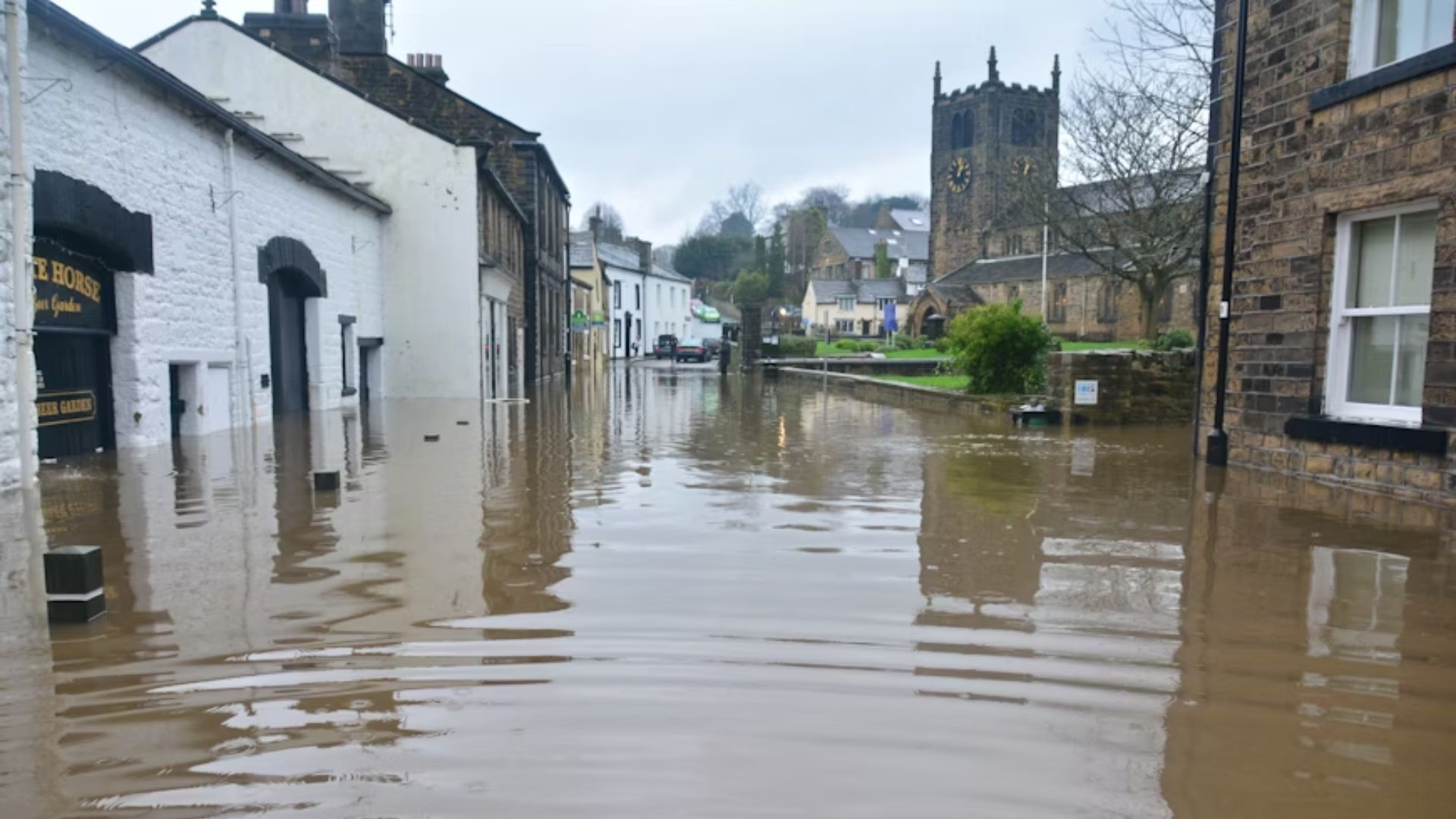
In Iowa, many rivers have seen flooding levels rise above those recorded in the 1993 flood that killed 50 in the Midwest. Iowa Governor, Kim Reynolds, had described the current situation as “catastrophic”.
On Facebook, Reynolds, said she had “issued a Disaster Proclamation for Sioux County and directed all available state resources to assist Rock Valley and other communities in northwest Iowa”. Meanwhile, Iowa congressman Randy Feenstra called on locals to join him in prayer for the affected areas.
Records Broken in South Dakota

In South Dakota, three days of torrential rain have seen some areas face 18 inches of rain fall, with the worst still yet to come.
State Governor Kristi Noem said the worst flooding was expected to occur on Monday and Tuesday, and said the Big Sioux River was expected to reach record levels.
Elsewhere, Heatwave Strikes
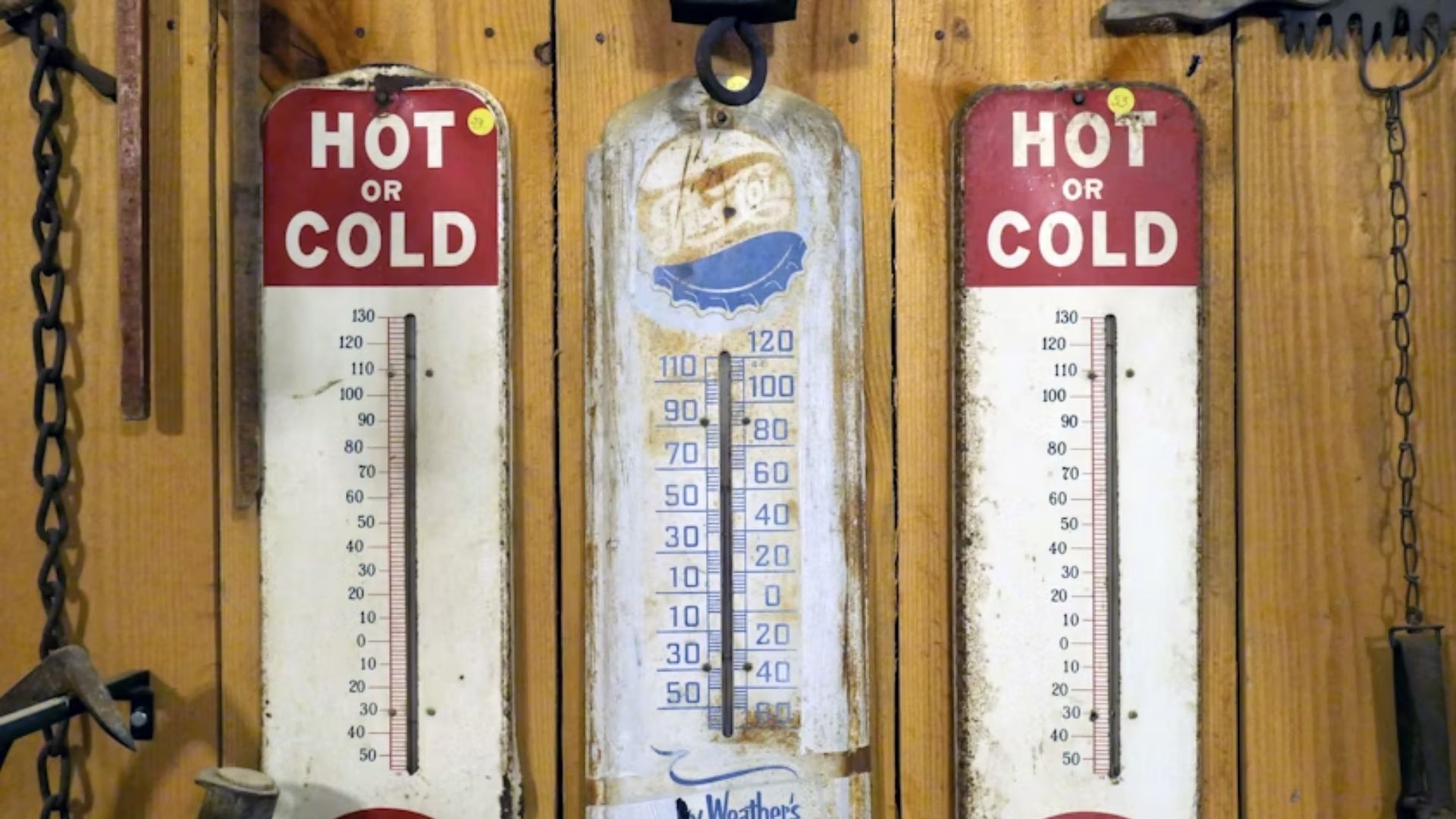
With over 100 million under heat alerts, the extreme heat risk is set to spread to the Mid-Atlantic on Sunday. In central and southern California, Arizona, and Utah, triple-digit temperatures have been warned of.
The National Weather Service has warned of dangerous heat in Delaware, Pennsylvania, and New Jersey until Sunday evening. Meanwhile, highs across the Mid-Atlantic have been 10-15 degrees above average.
Highest Risk Level Reached

New York City is expected to reach triple-digit temperatures this weekend after Central Park hit 94 degrees on Friday.
In Manhattan, Indianapolis, and Cincinnati, the National Weather Service issued their highest health risk warning from the heat.
Heat-Related Illnesses Spike
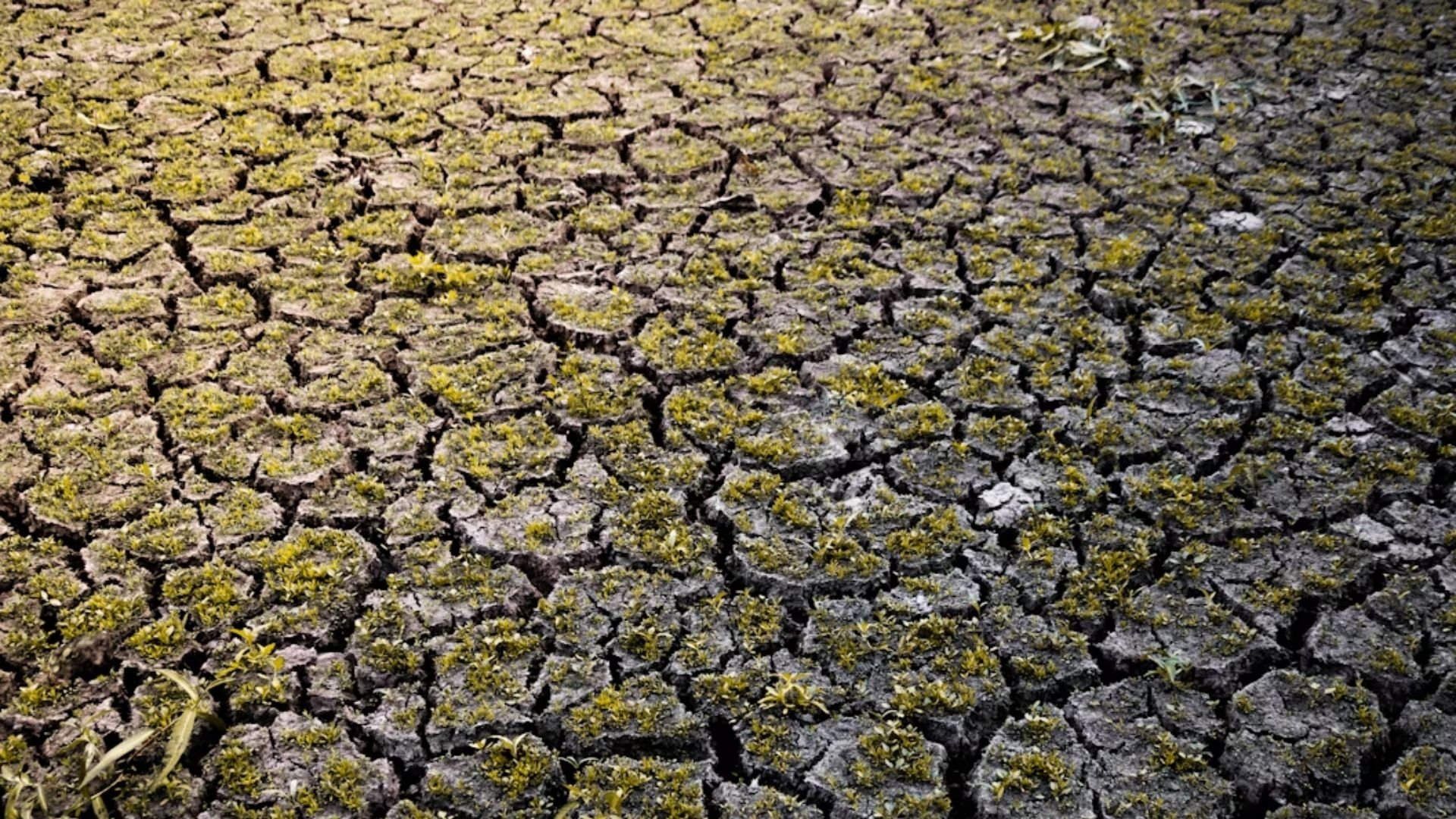
Data from the Centers for Disease Control and Prevention (CDC) have shown that heat-related illnesses spiked in the week 17-23 June.
The Northeast and Midwest have been hardest hit by the heatwave and have seen hundreds of daily hospital visits owing to the extreme heat.
Increasing Heat Stress
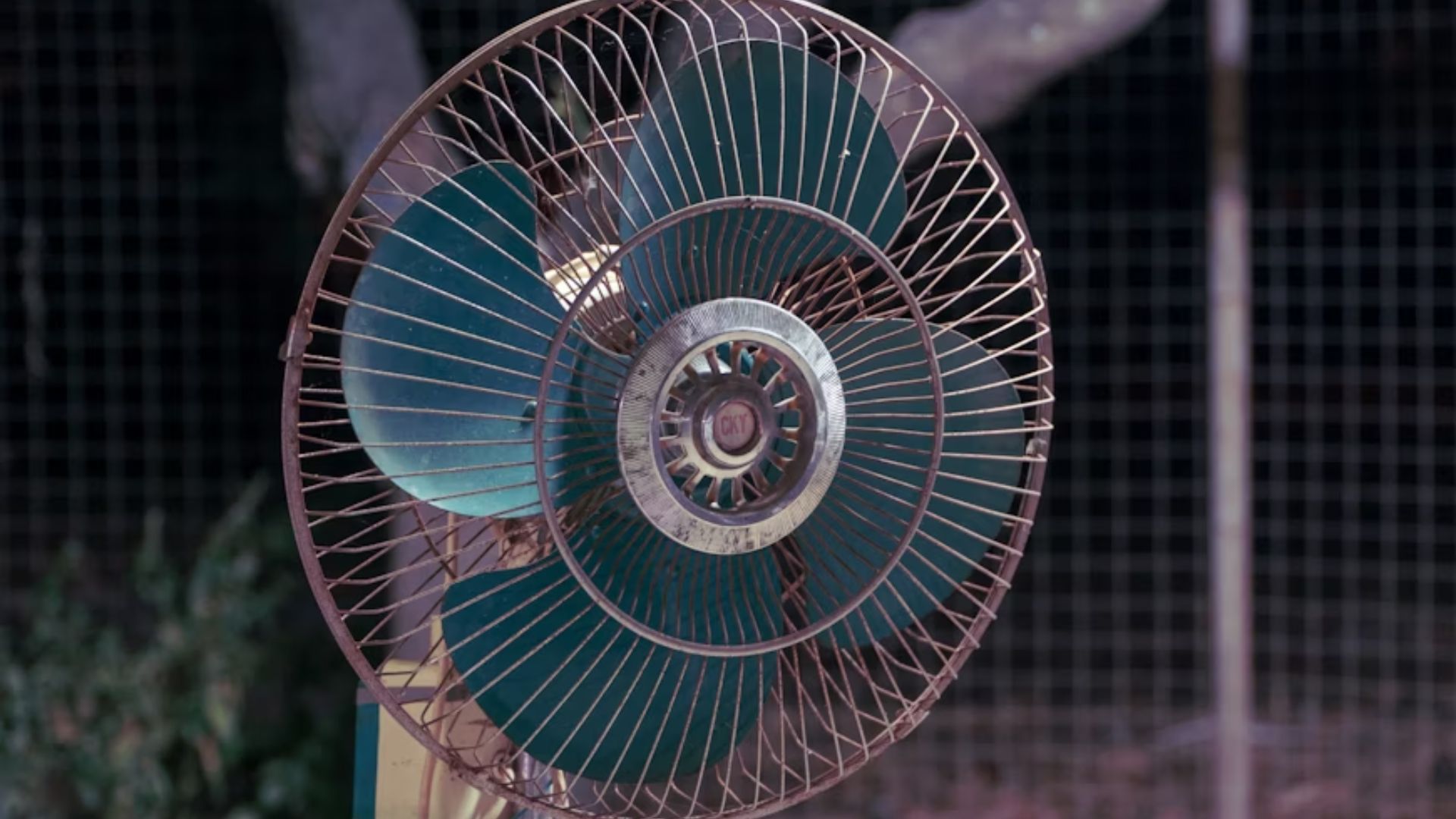
US capitol, the District of Columbia (DC), saw temperatures hit 100 degrees for the first time since 2016, while Baltimore broke its all-time daily heat record; hitting 101 degrees this week.
The weather service said, “The combination of this heat coming early in the Summer season and persisting over several days increases the level of heat stress for those without reliable air conditioning.”
Some Promising Signs Looking Ahead
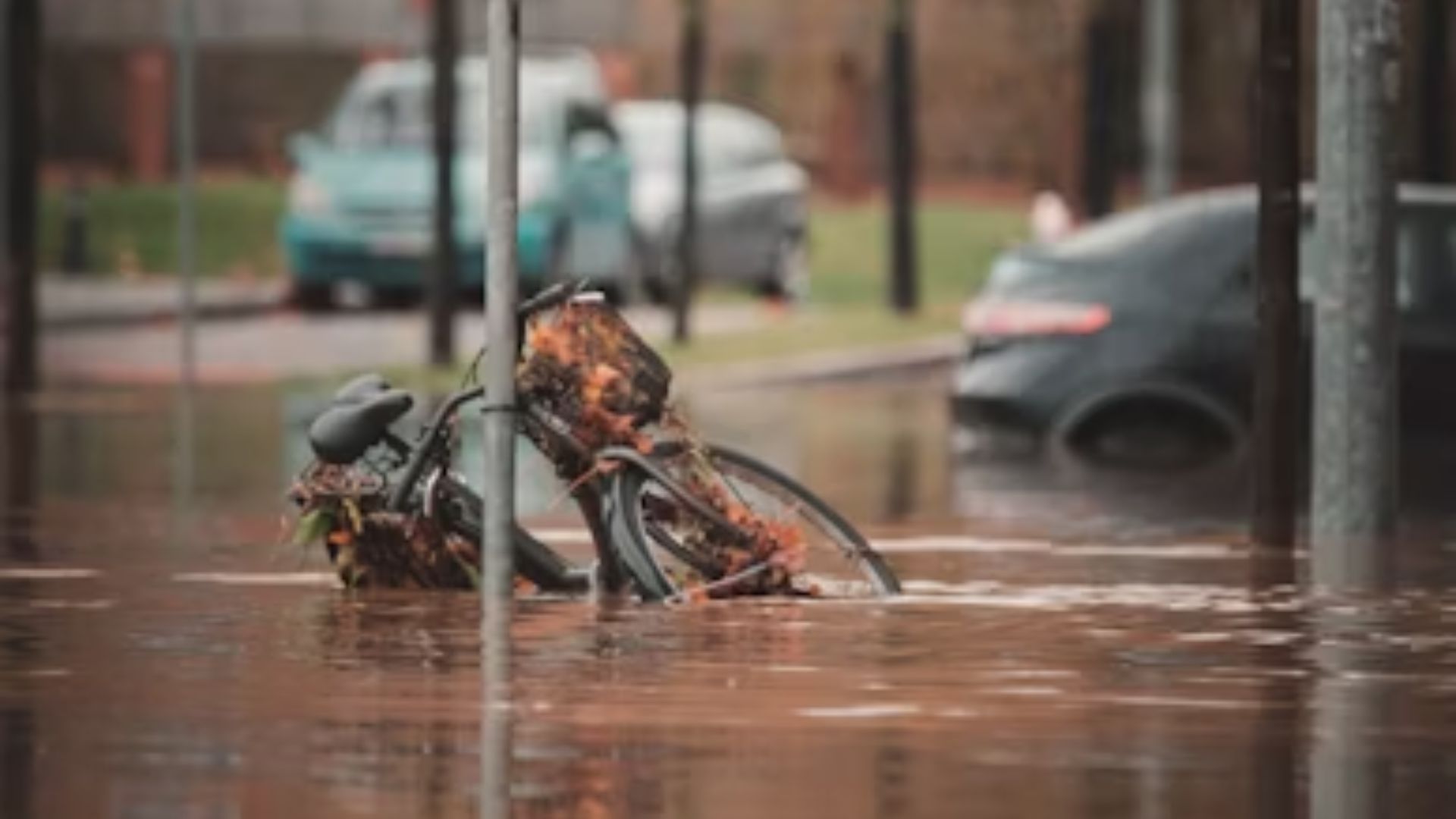
While North Dakota is still yet to experience the worst of the flooding, states impacted by the heatwave have reason for hope.
Forecasts suggest the heatwave will ease on Monday, although the Mid-Atlantic states are still expected to see above-average temperatures through the middle of next week.
A Worrying Trend

In recent years, heat-related deaths in the US have steadily climbed – from 1,600 in 2021 and 1,700 in 2022, to 2,300 last year.
This weekend, the National Weather Service, says “numerous record-tying/breaking highs are possible,” which will raise the risk of heat-related illness.
How To Stay Safe Amidst Record Heat
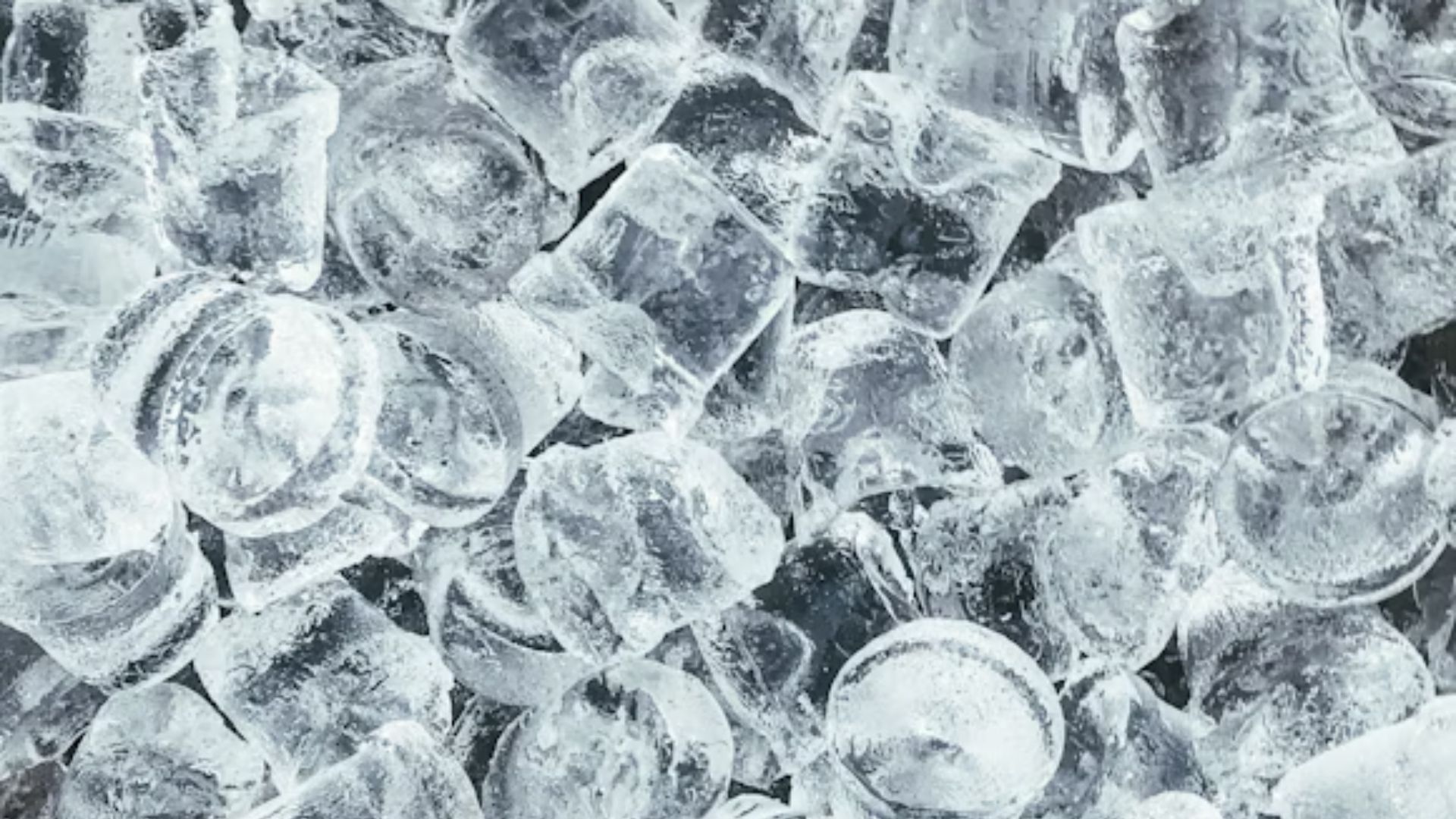
The National Oceanic and Atmospheric Administration (NOAA), says the signs of heat exhaustion include dizziness, thirst, heavy sweating, and nausea. If untreated this can lead to heat stroke, which can cause unconsciousness and confusion.
NOAA advises those concerned to check weather.gov to see heat-related advisories. In hot weather, they urge avoiding strenuous activity, dressing in lightweight clothing, drinking plenty of water, misting one’s self with water, and regularly checking on elderly friends, neighbors and family.


